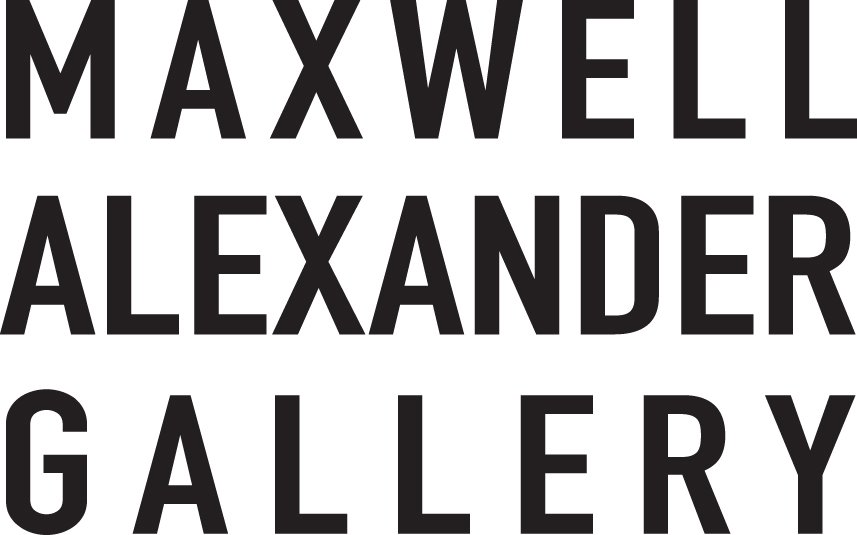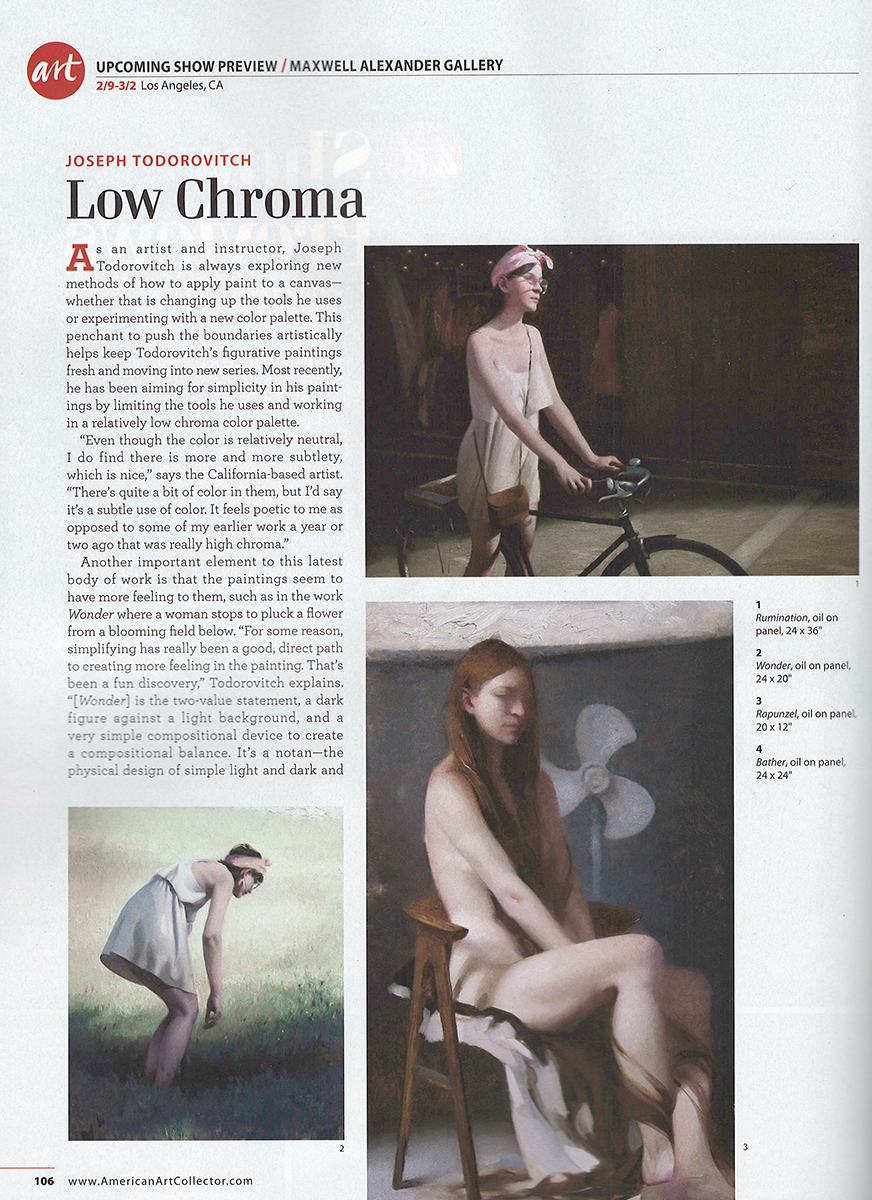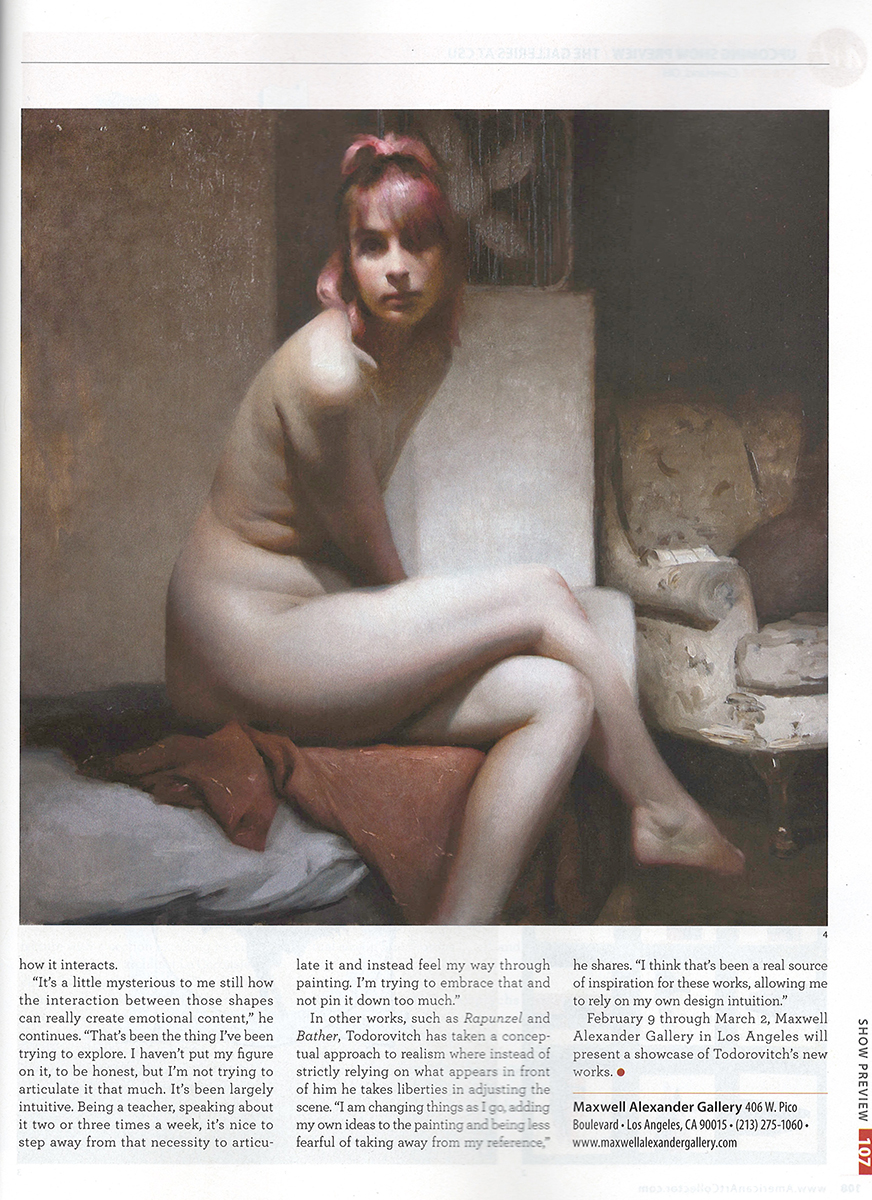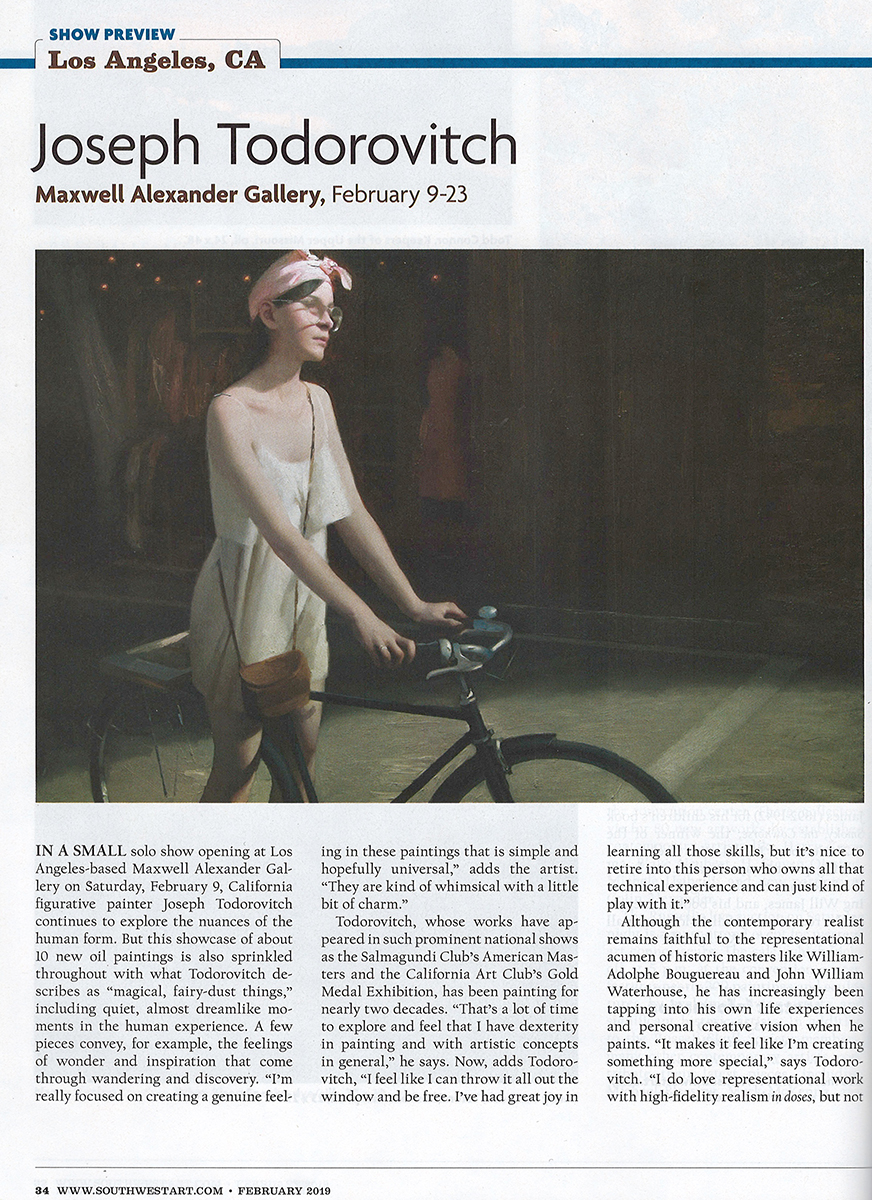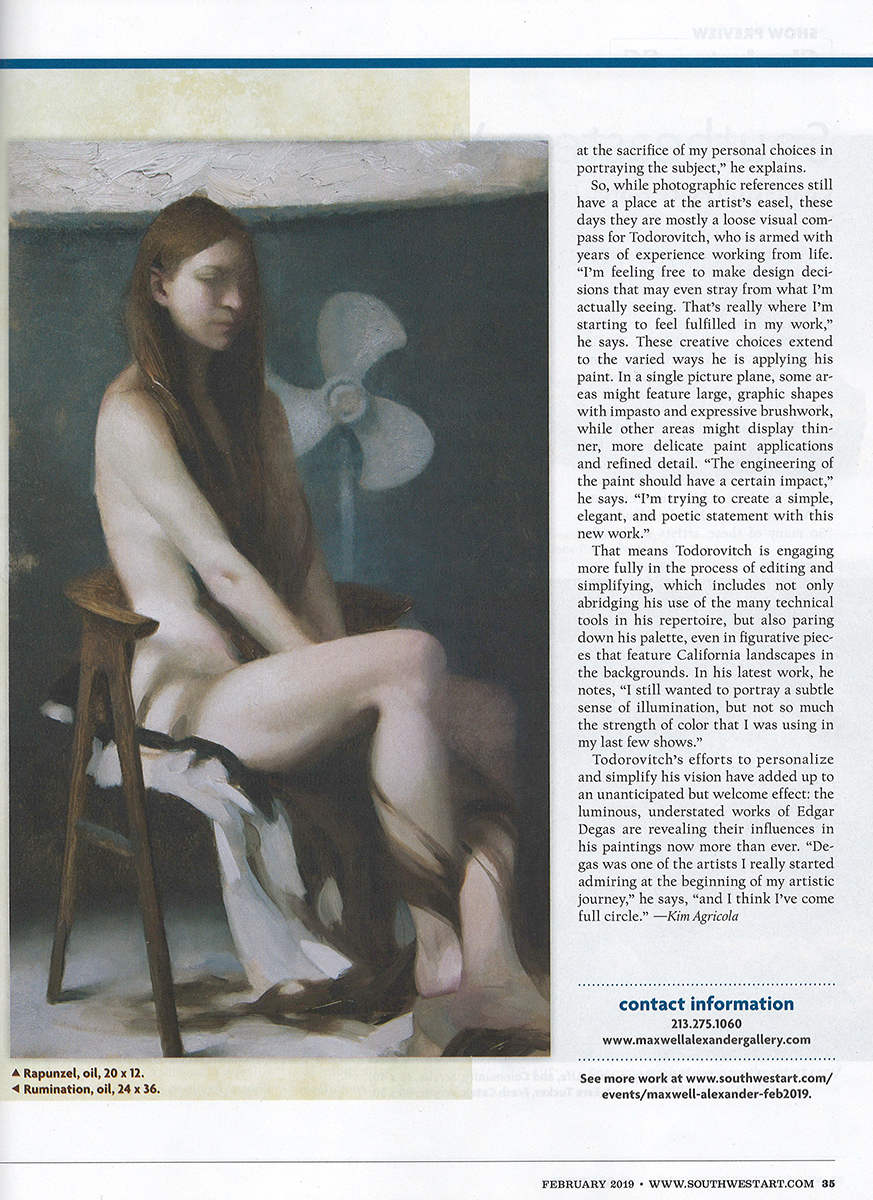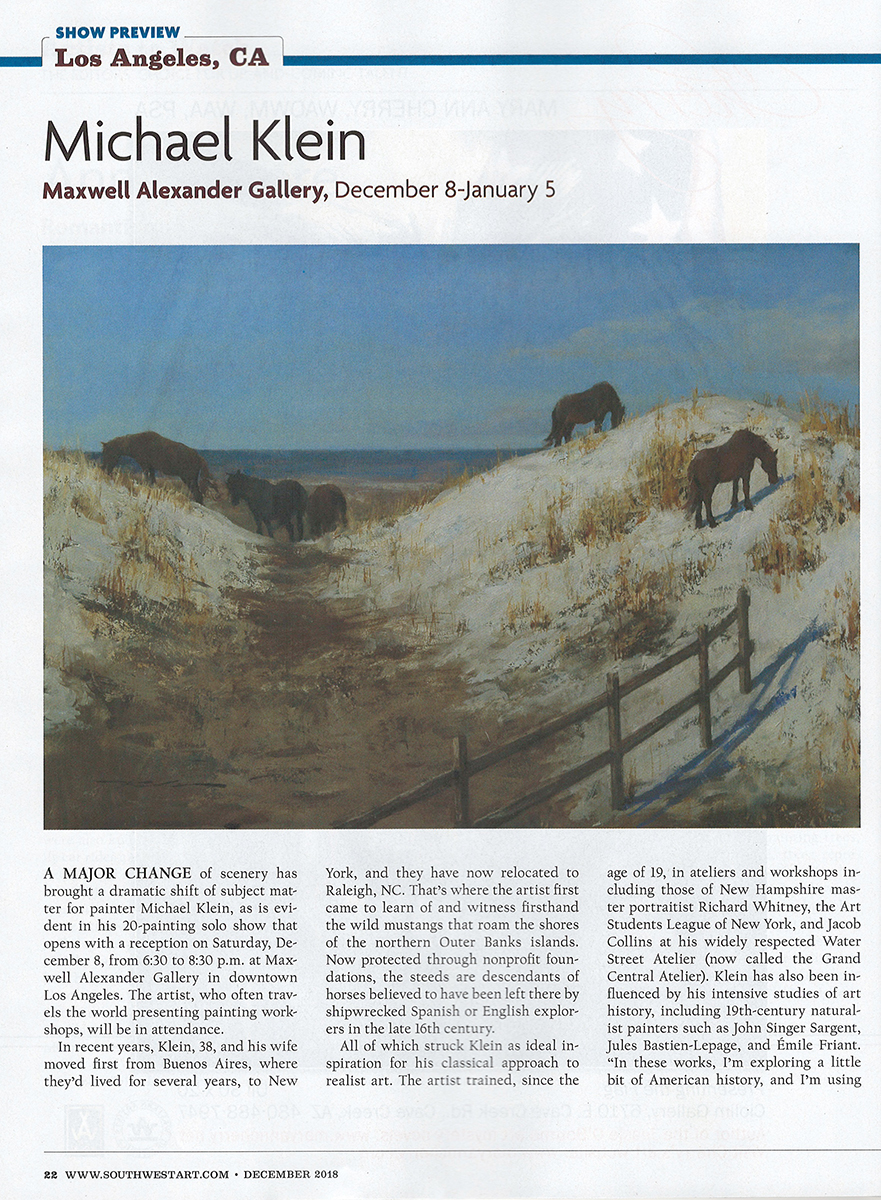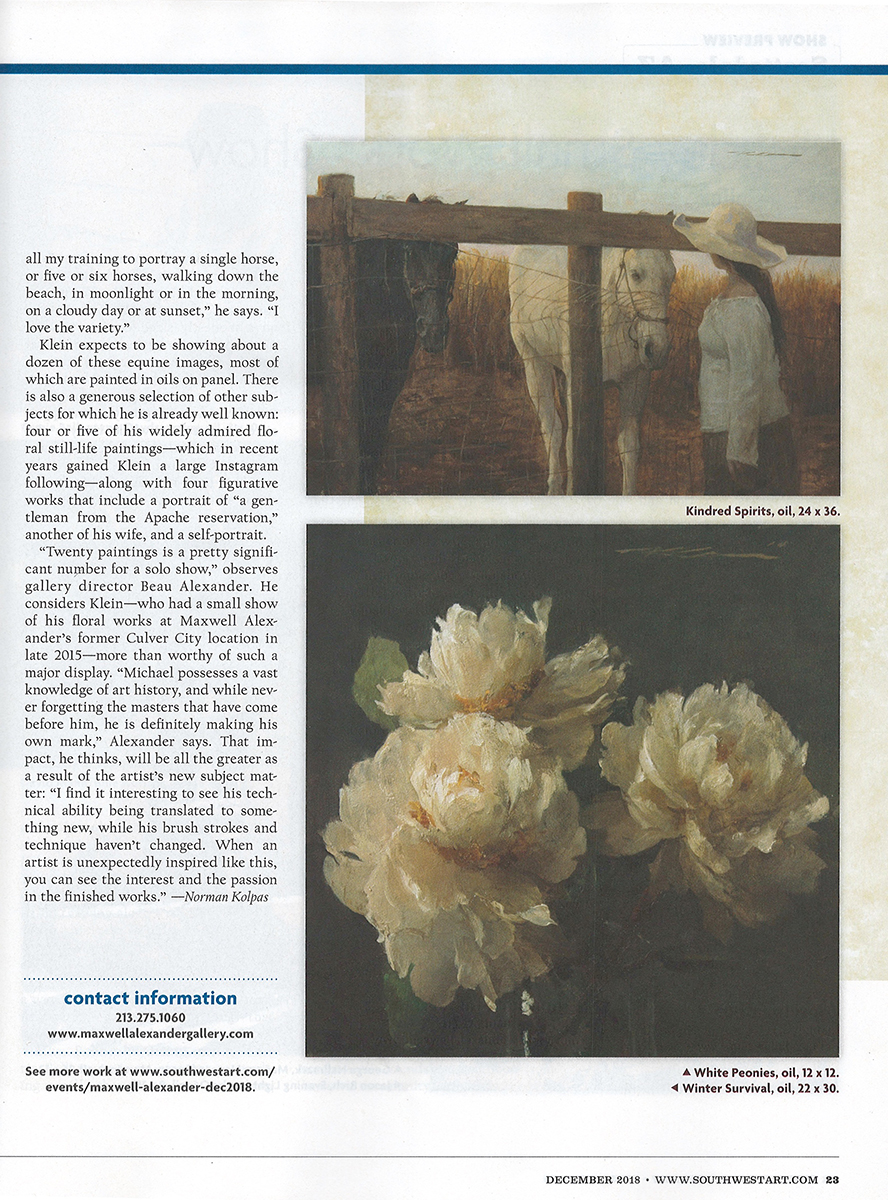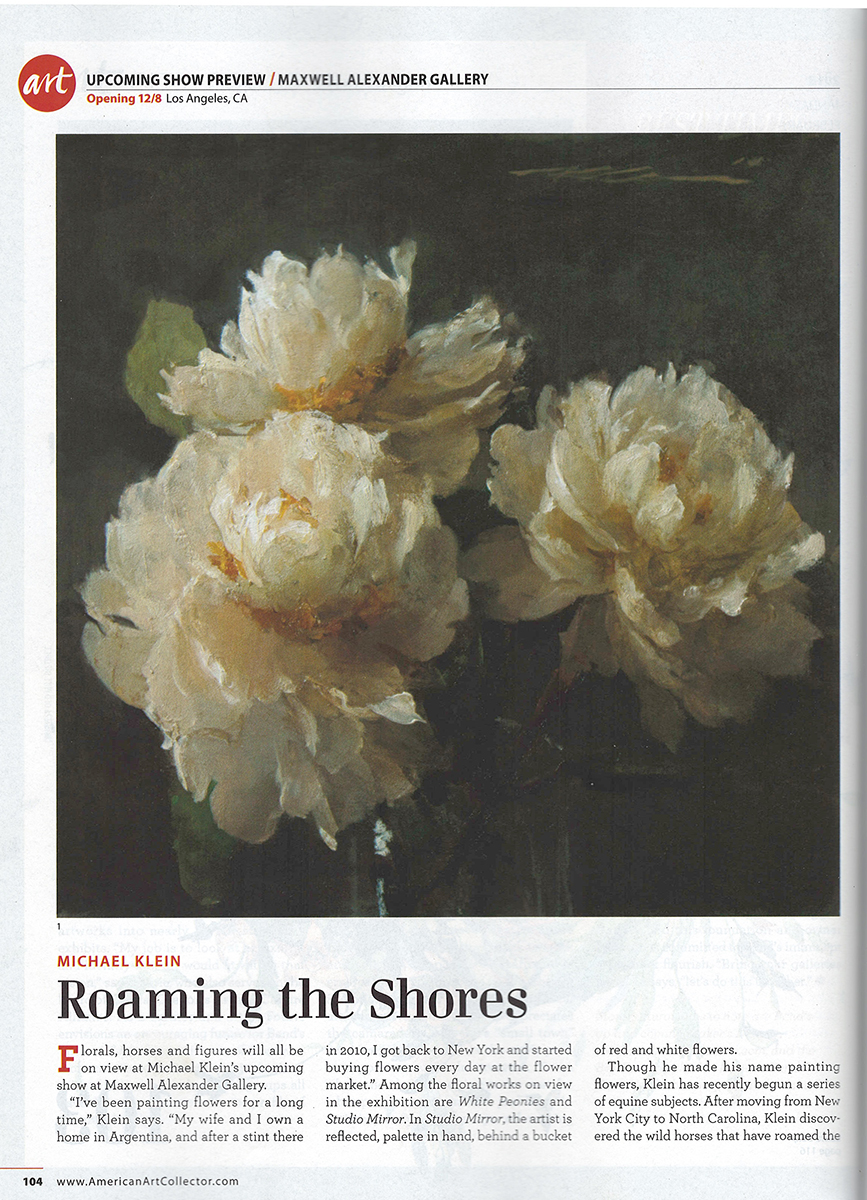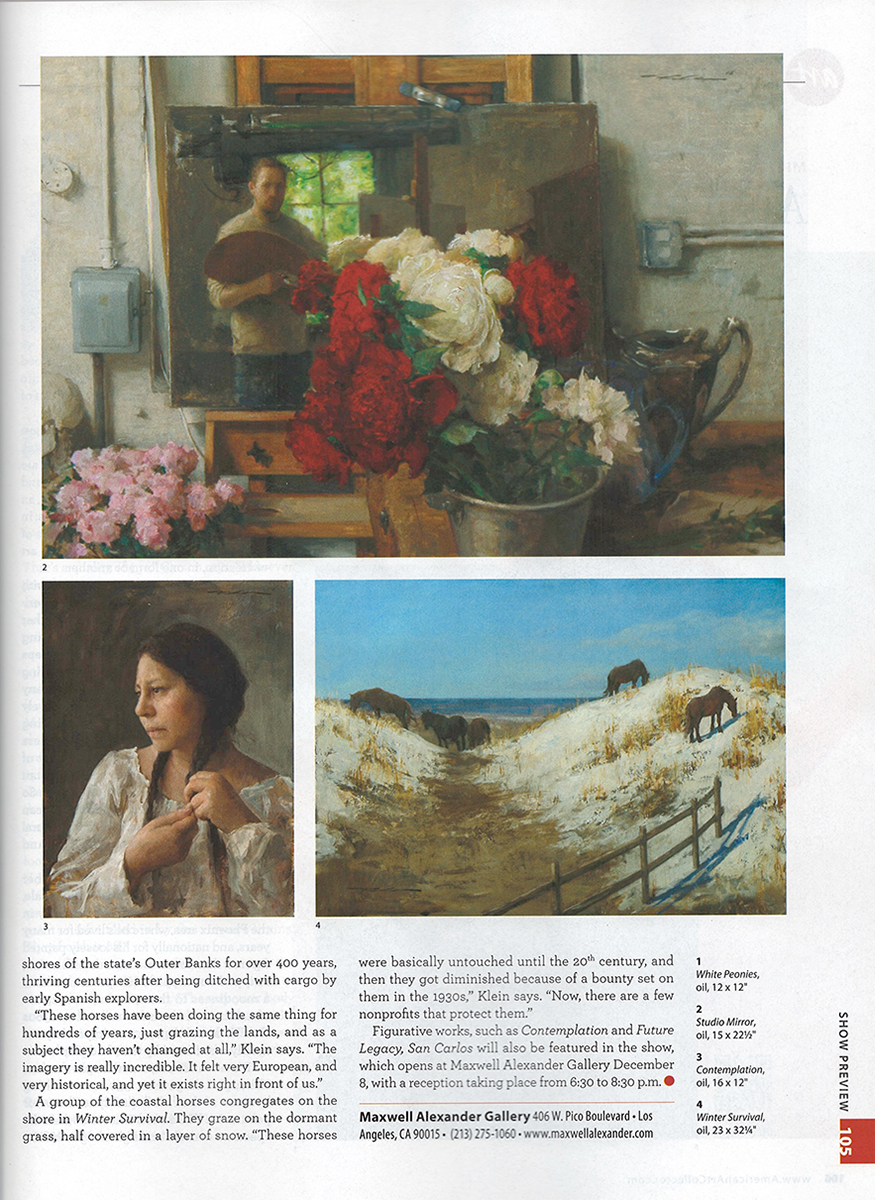Low Chroma
As an artist and instructor, Joseph Todorovitch is always exploring new methods of how to apply paint to a canvas— whether that is changing up the tools he uses or experimenting with a new color palette. This penchant to push the boundaries artistically helps keep Todorovitch’s figurative paintings fresh and moving into new series. Most recently, he has been aiming for simplicity in his paintings by limiting the tools he uses and working in a relatively low chroma color palette.
“Even though the color is relatively neutral, I do find there is more and more subtlety, which is nice,” says the California-based artist. “There’s quite a bit of color. It feels poetic to me as opposed to some of my earlier work a year or two ago that was really high chroma.”
Another important element to this latest body of work is that the paintings seem to have more feeling to them, such as in the work Wonder where a woman stops to pluck a flower from a blooming field below. “For some reason, simplifying has really been a good, direct path to creating more feeling in the painting. That’s been a fun discovery,” Todorovitch explains. “[Wonder] is the two-value statement, a dark figure against a light background, and a very simple compositional device to create a compositional balance. It’s a notan— the physical design of simple light and dark and how it interacts.
“It’s a little mysterious to me still how the interaction between those shapes can really create emotional content,” he continues. “That’s been the thing I’ve been trying to explore. I haven’t put my finger on it, to be honest, but I’m not trying to articulate it that much. It’s been largely intuitive. Being a teacher, speaking about it two or three times a week, it’s nice to step away from that necessity to articulate it and instead feel my way through painting. I’m trying to embrace that and not pin it down too much.”
In other works, such as Rapunzel and Bather, Todorovitch has taken a conceptual approach to realism where instead of strictly relying on what appears in front of him he takes liberties in adjusting the scene. “I am changing things as I go, adding my own ideas to the painting and being less fearful of taking away from my reference,” he shares. “I think that’s been a real source of inspiration for these works, allowing me to rely on my own design intuition.”
February 9 through March 2, Maxwell Alexander Gallery in Los Angeles will present a showcase of Todorovitch’s new works.
